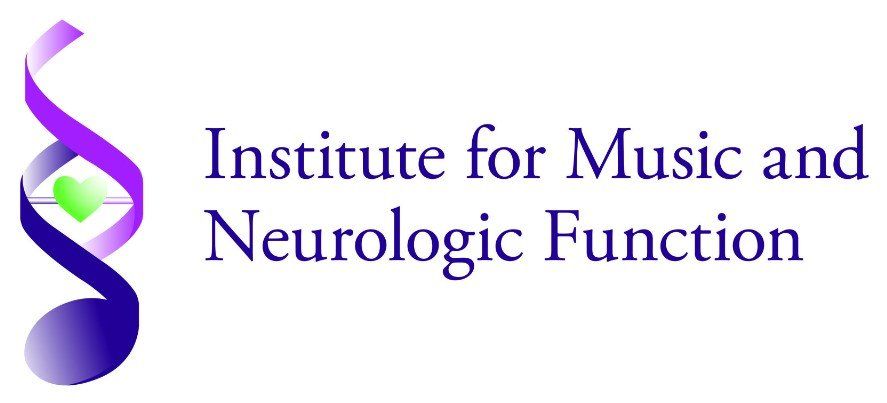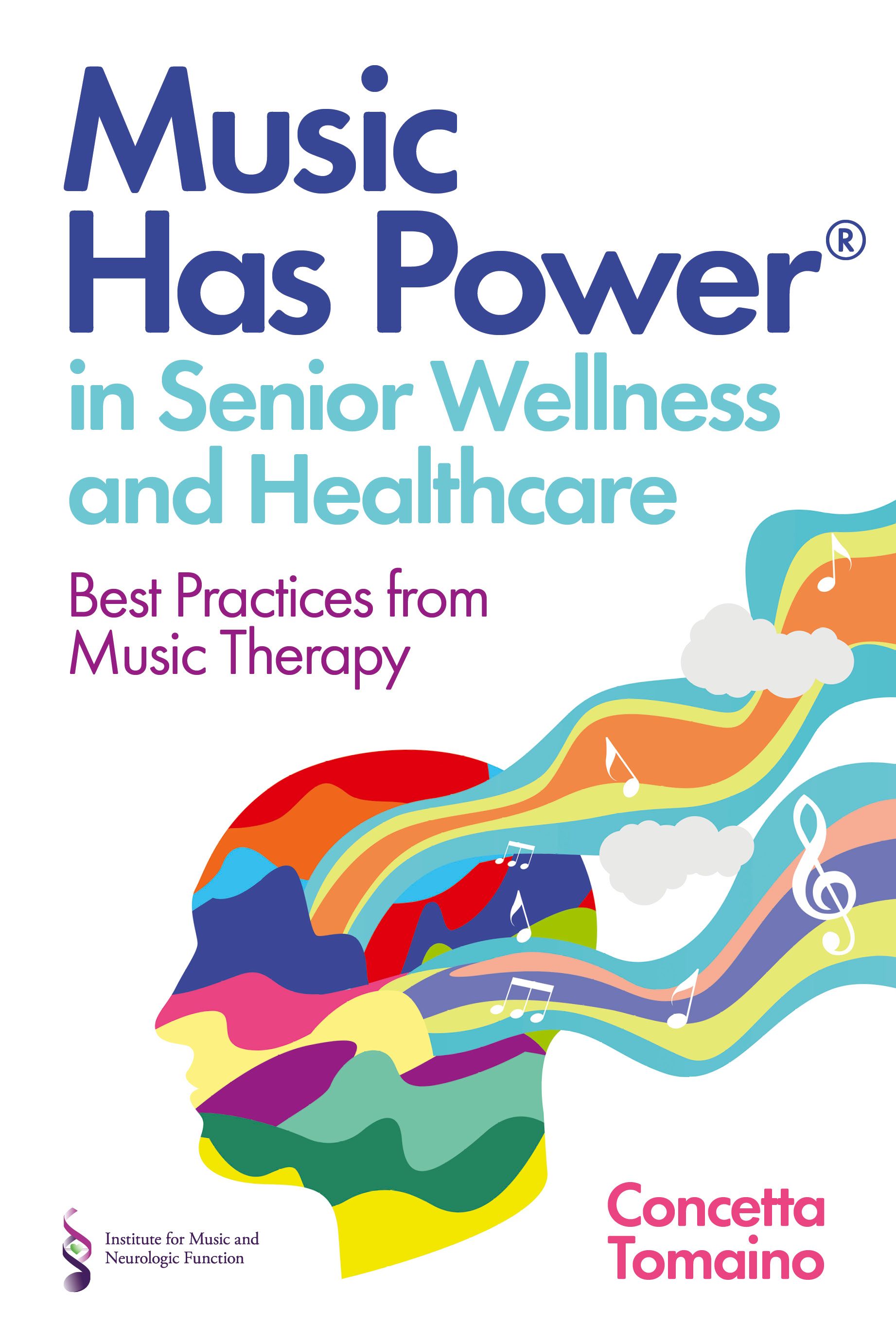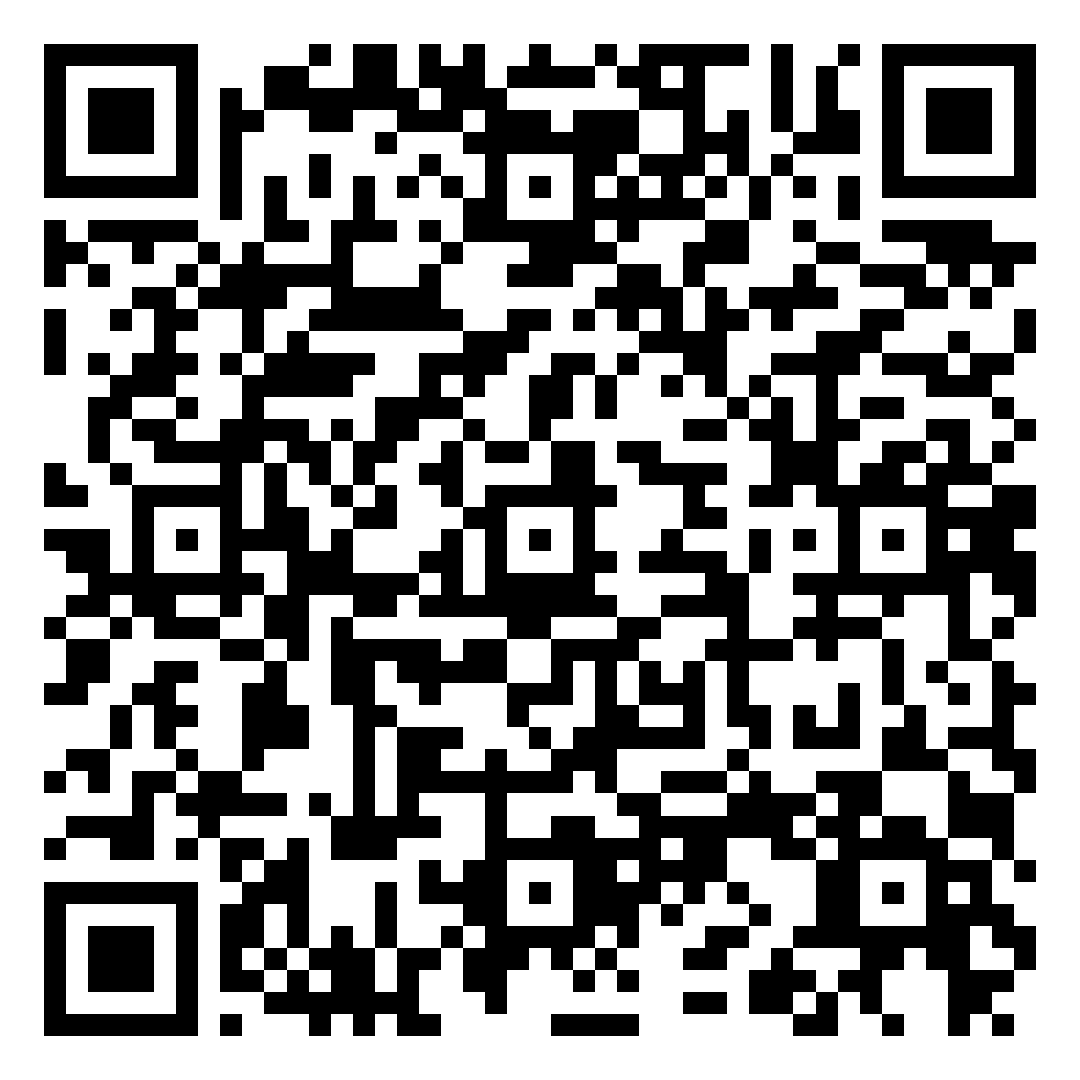
The MHP Resource Page supports Music Has Power® in Senior Wellness and Healthcare, by Concetta ("Connie") Tomaino. It provides links to additional information and resources, downloadable practice tips and protocols, and corrections.
The Resource Page also provides an INDEX to topics in the book. To easily find the information, insights, and research that you need, access the INDEX here.
Module 1: What is Music Therapy?
To learn more about music therapy and
the Institute for Music and Neurologic Function go to Institute for Music and Neurologic Function - Mount Vernon, NY - Home (imnf.org)
Overview of the IMNF IMNF Overview 2019 - YouTube
Does Music Therapy Work? Does Music Therapy Work? - YouTube
m4d Radio. A group of 5 themed radio stations available 24 hours a day, 365 days a year playing music that evokes memories. – streaming radio Home - M4D Radio
To learn more about the Sound Health Initiative - Sound Health | Kennedy Center (kennedy-center.org)
Module 2: An Introduction to Music Interventions: The Therapeutic Drumming Circle
View full video : Rhythmic Activities for Everyday Care
To view a “Welcome” sequence from an IMNF therapeutic drumming circle for people with dementia and their caregivers see segment at 3:10
To view a later sequence from the IMNF therapeutic drumming circle for people with dementia and their caregivers, see segment at 13:30
In this video, you see caregiver and patient interaction during the “wind down” of a therapeutic drumming circle. The participants have turned in their instruments, and are preparing to go forward to the next part of their day - see segment at 20:39
How to Lead a Therapeutic Drumming Circle – Tips and Techniques LINK
Downloadable evaluation and feedback form HANDOUT (coming soon)
To access sample downloadable evaluation forms for therapeutic drumming circles and other therapeutic rhythm-based activities that may be offered to your patient population (coming soon)
Book Text Correction: P. 56 The first full paragraph on this page should read: “For people who are sound-sensitive, including those with dementia who may become overly aroused by loud drum sounds, a softer and more therapeutic drum sound may be achieved with a REMO drumhead using Comfort Sound Drum Technology®.
Module 3: Getting Started: Bringing Music Therapy Best Practices to Your Organization
Qualifications of a music therapist and info on recruitment of music therapists go to:
American Music Therapy Association American Music Therapy Association | American Music Therapy Association (AMTA)
Certification Board For Music Therapists Certification Board for Music Therapists (cbmt.org)
To observe an “Orpheus Reflections” group in action visit: Orpheus Reflections | Orpheus Chamber Orchestra (orpheusnyc.org)
Book Text Correction: p. 100 In the feature point, the fourth sentence should read: “Detailed guidance on dealing with unexpected negative responses is provided on page 143; guidance to this effect, adapted to your needs, should be provided to musician volunteers.”
Module 4: Music for Mental Health and Wellness
Basic structure of a music-based group for social wellness (coming soon)
The Welcome piece: a musical motif or group “theme song” is used to signal that the group is about to begin. For examples of “Hello” songs for Wellness groups visit: (coming soon)
Some Music Basics
Popular songs by age group :
Top Country 1940-1969
Top Jazz 1940-1969
Top Broadway 1940-1969
Top Gospel 1940-1969
Top Big Band 1940-1969
Top Crooners 1940-1969
Songs representing diverse ethnic groups in the US (coming soon)
A standard Blues Progression for individual or group songwriting: Slow Blues Backing Track In E - YouTube
For more Fill-in-the-Blank Songwriting ideas see: Word Substitution Songwriting | Music Therapy Activities Wiki | Fandom
Who is Depressed? Answers are summarized into scores that indicate no-or-minimal symptoms, or mild, moderate or severe symptom of depression. Access the Patient Health Questionnaire Depression Scale ( PHQ-8) at SMRC - English_-_PHQ-8.pdf (selfmanagementresource.com)
Music and Dance based exercises prescribed for people with movement disorders may also be therapeutic for people with depressive symptoms and other emotional issues. Review this video as example: Homepage - Dance for PD (danceforparkinsons.org)
Making Music for Mental Health - YouTube
Book Text Corrections: P. 105 In the ABOUT YOU feature, the copyright citation for the Loneliness Scale should read “(Loneliness Scale © Dr. Daniel Russell, used with permission of AARP)”. P. 112 For an updated and enlarged image of Figure 1, Music-based interventions, [click here] P. 156 The name Verghese was misspelled. It should read: "To date, one major study of the effects of leisure activities on the risk of dementia in older people found that dancing was the only activity associated with lower risk of dementia (Verghese, et. al., 2003)."
Module 5 Music for People Living with Dementia & Module 6:Music for Everyday Care of People with Dementia, and Others
If you want to learn more about types of dementia, you can use the same reference that physicians use, the DSM-5-TR Neurocognitive Disorders Supplement – October 2022 available here: DSM-5-TR Neurocognitive Disorders Supplement - October 2022 (psychiatryonline.org)
Choosing Familiar Songs:
- Song lists for different age groups have been developed by Music Therapists to help you identify songs that are likely familiar and meaningful to your patients. ( same as Module 4)
- Song lists for people of different cultures and ethnic backgrounds in the US have been compiled by Music Therapists to help you meet the needs of your patients.
NOTE: These are the same song lists that appear in Mental Health and Wellness module.
FEATURE: Henry, Alive Inside
Watch “Alive Inside” at Alive Inside: A Story of Music and Memory [2014] Documentary - YouTube
Link to VIDEO Alive Inside, rough cut excerpt 2,
Old Man In Nursing Home Reacts To Hearing Music From His Era - YouTube
MUSIC & MEMORY® Music Assessment Questionnaire
Downloadable Handout LINK
MUSIC & MEMORY® also provides guidance for song selection for non-verbal participants in a playlist program (See “How to be a Music Detective”) LINK
Music for physical and motor issues – end of section
Institute a Circle Dance; begin by moving shoulders to a beat; ask one person to show a dance move; and have the group follow and go around a circle, so that all group members can demonstrate a move, as seen in this video (coming soon)
In Choruses for people with dementia and their caregivers
Those who are interested in joining or starting a dementia chorus or choir can find robust online information, tools, and resources; to explore the possibilities, visit "Unforgettable" Chorus Group Reveals Impact of Song on People with Dementia | MetroFocus - YouTube
by searching for “dementia choirs.” For information on (See, for example, https://singing.luminatescotland.org/ or https://givingvoicechorus.org/).
Book Text Corrections: P. 163 The credit line for Figure 3 should read: “Figure 3: Seven stages of dementia (used with permission of Dr. Barry Reisberg 2023)”. For an enlarged version of this figure [click here]. P. 171 In the first feature point, the last two sentence should read, “Others will need to be awakened, and encouraged. It helps to call out individuals by name (“Hey, Esther, you’re singing …Come on José, help me out!”). P 187 The reference to a Downloadable handout is misplaced; there is no handout associated with this page. P. 185 For an enlarged image of Figure 4, Music on the mind, [click here].
Module 7: Music Therapy and Movement Rehabilitation
Digital Music Technology – The Musically -enhanced treadmill
To observe a person with Parkinson’s receiving from Biodex Music Assisted Gait Training visit Biodex Music-Assisted Gait Training and Parkinson’s: Body in Balance - YouTube
Below is a video that shows Biodex Music Gait Training with William, an 81 year-old person living with Parkinsons’s disease: Biodex Music-Assisted Gait Training and Parkinson’s: Wartburg Outpatient Care - YouTube
Music patterns as cues for movement – Why it works – the ascending pattern cues upward movement, and the descending pattern cues downward movement. For examples of ascending and descending scales, visit C Major scale - YouTube
Music for Visual Neglect
To watch a music therapy intervention for visual neglect, VIDEO A music therapy intervention for visual neglect is presented in this video by Brian Harris, MA, NMT/F (Neurologic Music Therapy Fellow). Mr. Harris is Co-Founder and CEO of MedRhythms, Inc., a digital therapeutics company that aims to improve function in people with neurological injuries and diseases. https://www.youtube.com/watch?v=cek7bwtgYzo
Dancing with Parkinson’s – Pamela’s story PD Movement Lab by Pam Quinn (USA) - YouTube
Visit the PD Movement Lab at
https://pdmovementlab.com/
Module 8: Music Therapy and Speech Rehabilitation
Lead in to Music Therapy for Aphasia: Why it works (when it works)
We begin with a discussion of Music Therapy for Aphasia, with an introduction by Oliver Sacks, MD., at Oliver Sacks: Aphasia & Music Therapy - YouTube
Rhythmic cueing (under Melodic Intonation Therapy)
For rhythmic exercises, the Music Therapist may use song-lyric phrases, everyday conversational phrases, or phrases that are related to the immediate situation. Rhythmic cues may include slow steady beats that are gauged to the patient’s speech tempo, and rhythms that are keyed to song lyrics or spoken phrases. To observe how rhythmic cueing is used in music therapy for expressive aphasia, visit (coming soon)
“This Little Light of Mine” – Gabby Giffords
Watch Gabby Giffords as she finds her voice through music therapy at https://www.youtube.com/watch?v=tiJ9X_wLSWM
2022 documentary, “Gabby Giffords Won’t Back Down” https://www.gabbygiffordswontbackdown.com/
Book text correction: P. 243 In paragraph 4, the first sentenced should read “The term expressive aphasia recognizes that the disorder affects expression or production of speech (as opposed to the ability to receive speech).
Technology and Virtual Programming: Expanding Access to Music Therapy and Music Programming
This Module is supported by an ONLINE TECHNOLOGY RESOURCE GUIDE
INDEX: Music Has Power® in Senior Wellness and Healthcare: Best Practices from Music Therapy (Tomaino)
AARP 105
Abbott, E. 124 -5
Access to music therapy and music programming
through technology 261–5 through caregiver training 266-8
adaptive musical instruments 232–5, 236–7
agitation; reducing agitation 81, 206–10, 213
for people with dementia 206-09 for caregivers 209 -10
Alzheimer’s Association 84
Alzheimer’s disease, 160–1, See dementia
Alzheimer’s Disease-Related Quality of Life instrument (ADRQL) 30 Alzheimer’s Foundation of America 267
American Association for Music Therapy (AAMT) 11 American Music Therapy Association (AMTA) 11, 29, 89 American Psychiatric Association (APA)
137, 160
amputation 225-7, 233-6,
262
antipsychotic medication, reduced use as outcome of music therapy 81–2
aphasia
description of 240
brain plasticity and 242-3,
expressive aphasia 243–6, 248– 50 (Also called Broca’s aphasia and non-fluent aphasia)
melodic intonation therapy 246
music therapy for 241–6
musically assisted speech 245–6
music-based groups for 248-249
speech therapy for 244 Gabby Giffords 247
Wernicke’s area, and fluent aphasia 250-251
“Arts in health” programs 60, 75
assessments
for outcomes of music therapy 30 for personalized playlists 174–5
Awakenings (Sacks) 12, 19
Baker, Felicity 269
Bamford, S. 82, 190, 197, 204, 212
behavior in caregiving situations, goals for 36
Bennett, Tony 59
best practices in music therapy author's goals in this book 77- 5
training in 92-6
Beth Abraham (Beth Abraham Health Services) 12-15, 17-18, 20
Blood, A.J. 133
blues progression 123
Bonadies, V. 79
Bowell, S. 82, 190, 197, 204, 212
brain function
and dementia 184–6
and speech 239–40, 242–3, 250–1 brain plasticity, and aphasia 243
Brancatisano, O. 47
Broca’s aphasia, see expressive aphasia Bruscia, K.E. 91
Cabedo-Mas, A. 256
Cacioppo, J.T. 87, 105 caregivers
benefits of therapeutic drumming 49–50 and dementia 190–2, 194–5, 206–13 music for caregiving 198–201
music in caregiving over the life span 192–4
music interventions by caregivers, importance of 190–8
and music technology 259–60, 266, 268
singing 201–6
and speech rehabilitation 249–50
staff partnerships and relationships, in best practice 79–81, 82
Campbell, Glen 58, 186
CaringKind 211
Centers for Disease Control and Prevention (CDC) 59, 135, 136, 226 Certified Nursing Assistants (CNAs), multiple references: see Caregivers champions for music therapy 65, 66–9
Chang, E. 212
choosing a music therapist 88–9 chorus groups 183–4
Clair, A.A. 141, 157, 212
Clemons, C.N. 69, 135, 136
cognitive skills
as goal of music therapy 36 music for dementia 176–8
commitment to music therapy best practices (institutional buy-in) 77–8
communication
skills as goal of music therapy 36–7 and person-centered care 70
and therapeutic drumming 45–7 (See also nonverbal communication)
composing music 34–5, 265–6
cost benefits 86–7
cost-effectiveness 82–6 Covid-19 lockdown
caregivers during 198
and loneliness 107
and mental health 131–2
music engagement during 255– takeaways from 258
virtual music programs during 257–8, 264–5
creative aging model and programs 19, 73–5, 80,
153,155, 184
Creative Aging and Lifetime Learning initiative at Wartburg 7, 19, 73
creative arts therapies 74 Creech, A. 259
cueing activities 178–9, 247–8 definitions of music therapy 27–32
dementia
and Alzheimer’s disease 160–1 and brain function 184–6
and caregivers 190–2, 194–5, 206–13 chorus groups for 183–4
cueing activity 178–9
description of 160–1
familiar songs for 154-70, 184-7 live music in day room 170–2 and music-based groups 166–7 music for alertness and attention
music for agitation reduction 206–10, 213 music to enhance cognition 176–8
music for meal times 212
music for pain and physical distress 210–12 music for physical and motor issues 180–2 music for relaxation 176
music for sleep 212–13
music for social and emotional needs of 164–70 personalized playlists for 172–6, 207–9, 211–12 risks of music therapy 39
stages of 162–3
therapeutic drumming circles for 182 types of 161–2
Dementia Reimagined (Powell) 159
depression and depression symptoms 135–41
prevalence of 136 music-based groups and interventions for 140-1 movement and dance activities for 144-46
Diagnostic and Statistical Manual of Mental Disorders 160 Dialogues Across Disciplines symposium 17
DSM-5-TR Neurocognitive Disorders Supplement 161 dysarthria 251–3
Earhart, G.M. 223
electronic musical instruments 235–6 emotions
connections to music 130–1, 133, 141–2 dealing with unexpected 142–3
during Covid-19 lockdown 131–2 emotional skills as goal of music therapy 37–8
“musical chills” 133
music as trigger to powerful emotions, including negative emotions (see risks of music therapy) 39–40
engaging a music therapist 87–8
exercise, music based 33 (see also dance)
to reduce depression symptoms, 144-7
for well seniors, 155-8
in dementia care, 180, 195,
199
and therapeutic dance, for Parkinson’s disease, 222,
for stroke and brain injuries, 228
expressive aphasia 243–6, 248–50 (Also called Broca’s aphasia, and non- fluent aphasia)
Faculty of Public Health 109
Family caregivers, multiple references: See Caregivers
familiar songs
and brain science 184-6
for dementia 164–70, 184–7 for speech rehabilitation 244–5 in music-based groups 118- 120
Fink, L.K. 256
Fleming, Paul 14
Fluent aphasia 250 -1 Fogarty, L. J. 123-4 Foster, B. 63, 269 Friedman, Richard A. 144
Frontal temporal dementia 39
Gait training 218, 220-222, 225, 228,
Garrido, S. 208
Gentner, David 18–19, 65, 66, 70, 71, 162, 190, 212
Geriatric Depression Scale (GDS) 30 Giffords, Gabby 247
goals of music therapy
behavior in caregiving situations 36 cognitive skills 36
communication skills 36–7
emotional skills 37–8
musical skills 38
sensory-motor skills 35–6
pain control 36
relaxation 36
social skills 37
Gupta, S. 156
Hackney, M.E. 223
Hammar, L.M. 50, 204
Hanc, J. 106
Hart, Mickey 15, 43, 107, 197
Hawkley, L.C. 87, 105 health
descriptions and definitions of 107–9 images of 109–12
music-based groups for 112–15, 143–8 in senior care settings 109
“Henry” and Alive Inside documentary 173 Hesser, B. 11, 277
Hole, J. 86
Home Health Workers (HHWs), multiple references, See Caregivers
Improvisation (musical improvisation) 148-153 in music-based groups 116
in therapeutic drumming, 53
vocal improvisation in fluent aphasia, 251
Institute for Music and Neurologic Function (IMNF) 81, 189, 191 creation of 17
and dementia 182
expansion of 17–18
as music therapy provider 64
and therapeutic drumming 45, 50–2, 182
timeline 20–2
training from 89
at Wartburg 18–20
International Association for Music and Medicine 207 interrupting expectations activity 179–80
Jarvis, D.F. 171
Kennedy Center for the Performing Arts 40 Koenig, Joan 149
Kolanowski, A. 71
KPMG 84
Kraus, Nina 130
Kroenke, K. 135
Ladányi, E. 47
Language and language disorders 240–1 see also
speech rehabilitation, brain plasticity Levitin, D 271
Lin, Yu 207
listening to music 33, 113
Loewy, J. 213 loneliness
effects of on health 103–4 measuring 105
risk to seniors 104–5 Response item (“About You”) 105
Lucas, Addison 123–4
Luria, A.R. 13
lyric alteration 123
M4d Radio 34
MacDonald, R.A.R. 47, 140
Magee, Wendy 17, 262–3
Magsamen, S. 271
making music together 32, 112–13
Man with a Shattered World, The (Luria)
Man Who Mistook His Wife for a Hat, The (Sacks) 15 Mas-Herrero, E. 132
McLennan, H. 82
Meadows, G. 82
meal times, music for 212
“Meet Me at MOMA” program 183 melodic intonation therapy 246 mental health
depression and depression symptoms 135–41 descriptions of 108
music-based groups for 112–15, 129–30, 138-41 exercise activities for 144-47
Mittleman, Mary 183
mood management 140 Response item (“About You”) 141
movement
adaptive musical instruments for 232–5, 236–7
case studies 215–16, 223–4, 236–7 connection to music 218–19
electronic musical instruments for 235–6 in music interventions 33, 113
and Parkinson’s disease 219–25 and rhythm 217–18
and social skills 125–6 and stroke 226–32, 238 for depression symptoms 144- 147
Murthy, V.H. 104, 106, 127
music-based groups
basic description of 113-15
` basic structure 116 choosing songs for 118–20 closure for sessions 126 and dementia 166–7
engaging with group members 126–7 engaging with music in 120–3 focused on depression
symptoms 139 -41, 144-47 group discussion in 127–8 group goals 117–18
materials for 115
for mental health and emotional wellness 129-131 model for social wellness 116–30
movement activities 125–6 music interventions in 112–13 “music part” in 128–9
other music-based activities in 123–5 rhythmic activities in 121–3
in senior care settings 134–42 size of 115
space for 115
for speech rehabilitation 248–9 time requirements for 114–15 welcome piece in 116–17
for well seniors 153–8
"Music Care” training program 63
Music & Memory 173–5, 264, 266 Music Mends Minds 267
music-rich environments 71–3 music technology
access through 261–5
and caregivers 259–60, 266, 268 composing music with 265–6 future of 269–70
music therapy perspective on 260–1 training programs for 267–8
virtual music programs 264–5 music therapists
engaging a music therapist 87–89 qualifications of 89
recruiting 90–2
as consultants 88
as trainers 92–6 music therapy
author’s journey into 9–15
in healthcare, author’s perspective on current challenges, 58-61
awareness of, in senior care, 63–4 definitions of 27–32
goals of 35–8
and music technology 260–1 Oliver Sacks on 16 Response item on (“About You”) 23–6
risks of 38–40
senior care benefits from 28–32
“Musical chills” 133 musical improvisation, see improvisation
musical instruments
adaptive 232–5, 236–7
electronic 235–6
for movement 232–7
for therapeutic drumming 56–7
musical skills, as goal of music therapy 38 musically assisted speech 245–6
musician volunteers in therapeutic music programs, 96-100 contributions of 34, 97-8, 170-1
training and guidelines for 98-9
Nagler, J. 234
National Academies of Sciences, Engineering and Medicine 104 National Endowment for the Arts (NEA) 40
National Institute of Aging of the NIH 74, 158 National Institutes of Health (NIH) 40, 158 National Organization for Arts in Health 74–5 National Wellness Institute 108
Northern Westchester Hospital 60 NeuroArts Blueprint 84
non-fluent aphasia, see expressive aphasia
nonverbal communication
skills, as goal of music therapy 36
music as a form of nonverbal communication 45-7 therapeutic drum circles and45-47in caregiving 70 in reaching people with depression symptoms137 in caregiver singing 201-3
in speech rehabilitation 246
as nonverbal cues, from group leaders 138-9 Norton, A. 246
orchestras in senior healthcare 100–1
Orpheus Chamber Orchestra 101 outcomes from best practice 81–2
PACE program 85–6
pain control 36 210–12, 231–2
Parkinson’s disease 219–25, 269
gait training and other therapies based on rhythmic cueing 219-23 therapeutic dance 222-4
Parsons, Larry 17
Patient Health Questionnaire depression scale (PHQ-8) 135 Paul, S. 233, 234
person-centered care 69–71, 195
personalized playlists in dementia care, 172–6, 207–9, 211–12
as used by seniors, caregivers, others 70, 93, 142,
Phoenix Symphony Orchestra 101 physical and motor issues, music for 180–2 piezo triggers 235–6
plan implementation for music therapy best practices 77–81 Powell, Tia 159
Pribram, Karl 17
PTSD (Post Traumatic Stress Disorder) 29,134,187, 256 qualifications for music therapists 8
Ramsey, David 17, 233, 234 recruiting a music therapist 90–2 relaxation
as goal of music therapy 36 music for dementia 176
Reisberg, B. 163
Reynolds, G. 144 rhythm
fundamental importance of (“Rhythm is Us”)
196-7
rhythm instruments, examples, 56
Sacks on rhythmicity and healing 217
rhythmic interventions and activities
definition and examples 196
in everyday care 197
and dementia care 198-213 and movement 217–18
and speech rehabilitation 247–8
and therapeutic drumming circles 43 rhythmic accompaniment, as group activity 121-2
risks of music therapy 38–40 Rogers, Alice 14
Ross, I, 271
Russell, Daniel 105
Sachs, Matthew E. 133
Sacks, Oliver 12–14, 15, 16–17, 164, 217
Sample, I. 133
Schlaug, Gottfried 17, 246
Sengupta, M. 59
sensory-motor skills, goals for 35–6 Simon, Judy 67–9
singing
by caregivers 201–6
in dementia choruses 183–4 in rehabilitation 230 -
and stroke 230–2
“singing through pain” 231-2
sleep, music for 212–13 social activities 47–8
social prescribing 106 social skills, goals for 36 social wellness 116–30
Solomon, A. 144
songwriting 34–5
sound-friendly environment 75
sounds as triggers for memories and emotions, 130 spatial neglect, music therapy for 238
Sound Health Initiative 40, 75 speech rehabilitation
and aphasia 240, 241–6, 248–51
and brain function/brain plasticity 239–40,
242–3, 250–1
breathing exercises for 248 and caregivers 249–50
cueing in 247–8
and dysarthria 251–3 and Gabby Giffords 247 language disorders 240
music-based groups for 248–9 oral motor exercises for 248 and rhythm 247–8
and Wernicke’s area 250–1 stroke 226–32, 238
music patterns as cues for movement 228-230 music making and singing,230
adaptive musical instruments 232-7
Taladrid, S. 107
TBI. See traumatic brain injury Terlizzi, E.P. 135
Thaut, Michael 17, 227 therapeutic drumming circles
caregiver benefits 49–50
for dementia 182
duration of 55
evaluation of 57–8
IMNF project 50–2
inclusivity of 44–5
instruments for 56–7 as music therapy 43–4
non-specialist leading 48–9
and nonverbal communication 45–7 participant role in 55–6
as rhythmic activity 43 session model 41–3
as social activity 47–8 steps to setting up 52–3
tips and techniques for 54–5
therapeutic recreation, partnering with 79; see also, 59, 88. 95.180
Together: The Healing Power of Human Connection in a Sometimes Lonely World (Murthy) 104 Tomaino, C. 45, 50, 252
training programs
in best practices from music therapy 92–6 formal trainings and certifications. 267
online training experiences and apps, 267-8 through collaborations with technology 268
Tramo, Mark 17
Traumatic Brain Injury (TBI), 25, 114, 161, 219, 225,
228, 230, 233-4, 236, 240-2, 244-5, 247-50, 262
Truschel, J. 137
UCLA Loneliness Scale 105
Vaillant, G.E. 155
Verghese, J. 156
Villarroel, M.A. 135
virtual music programs 257–8, 264–5 visual neglect, music therapy for, 238 volunteers, see musician volunteers
wellness
descriptions of 108
images of 109–12
goals for seniors and others, 154-6
music-based groups for 112–15, 129–30, 153–8 in senior care settings 109
Wernicke’s area 250–1
Wilcox, D 221
Wilkens, J. 252
Wolf, L. 100
Wolf, T. 100
World Health Organization (WHO) 107–8, 115
Zatorre, Robert 17, 133




